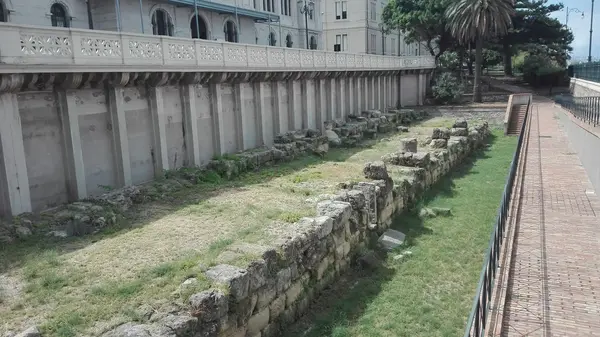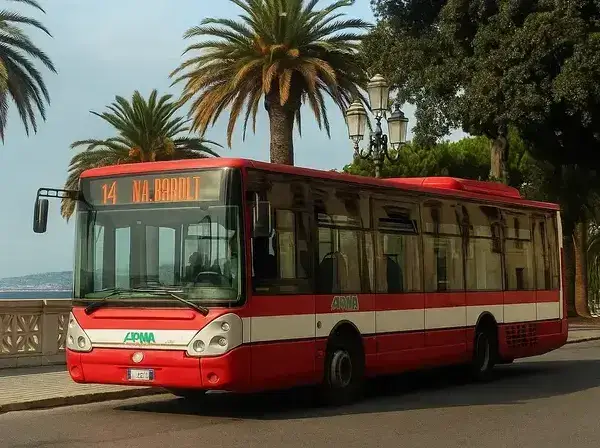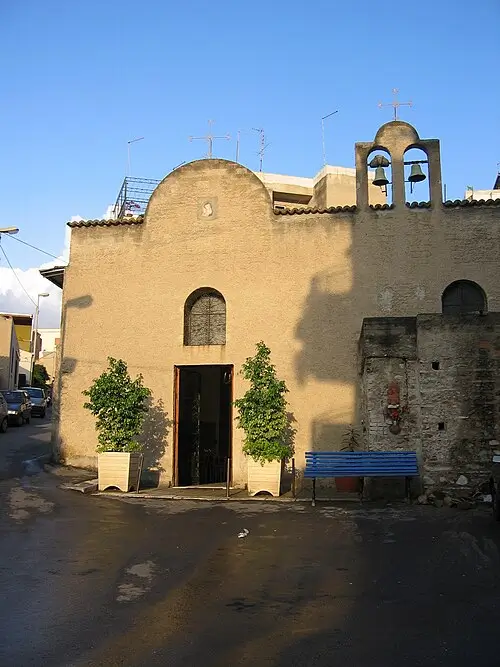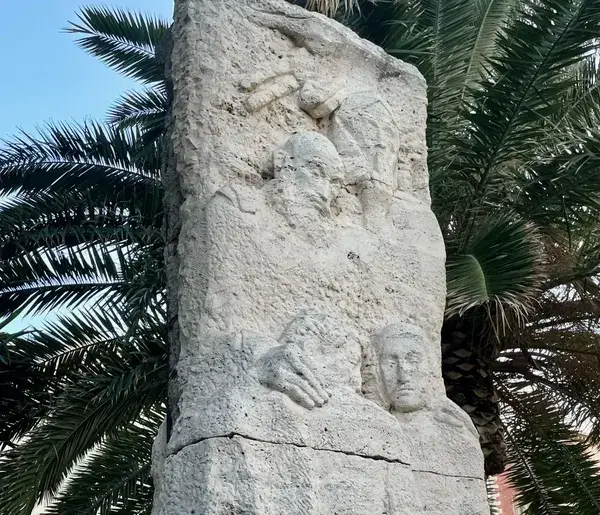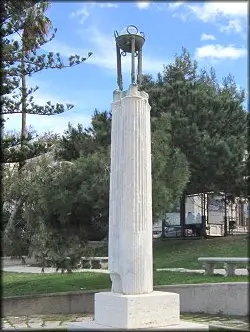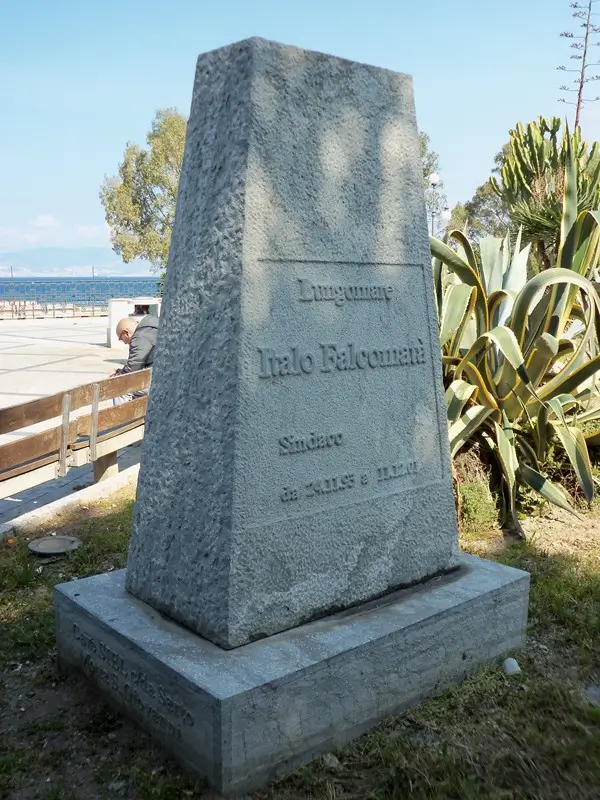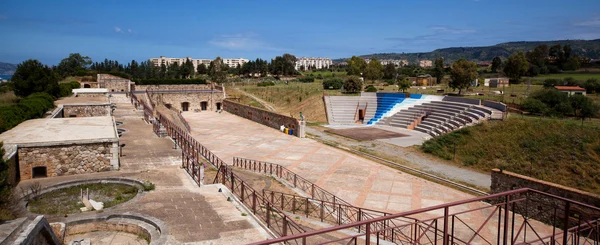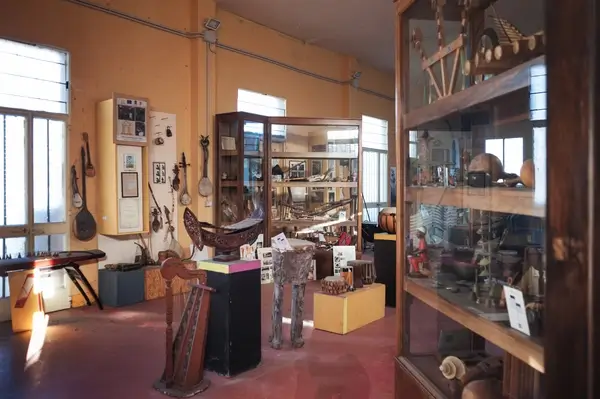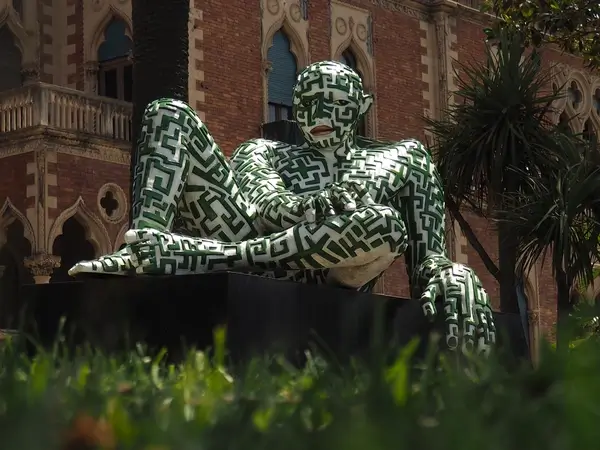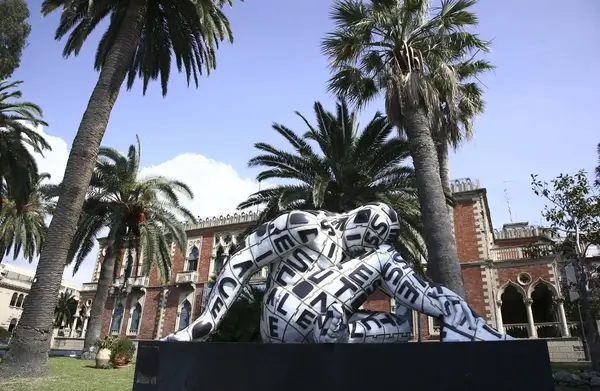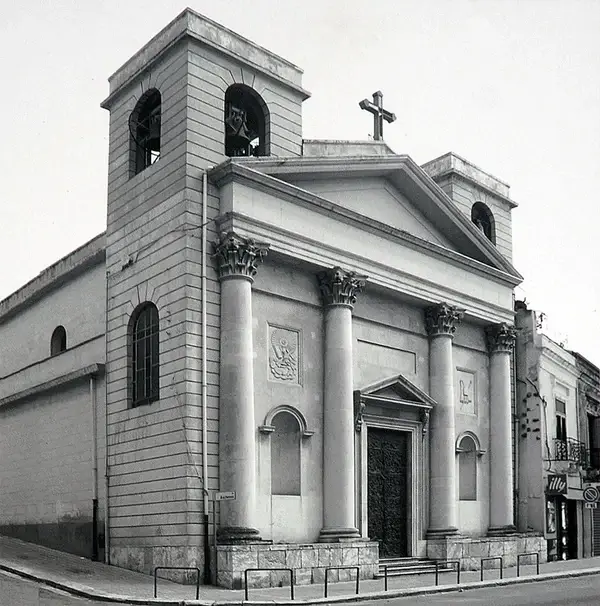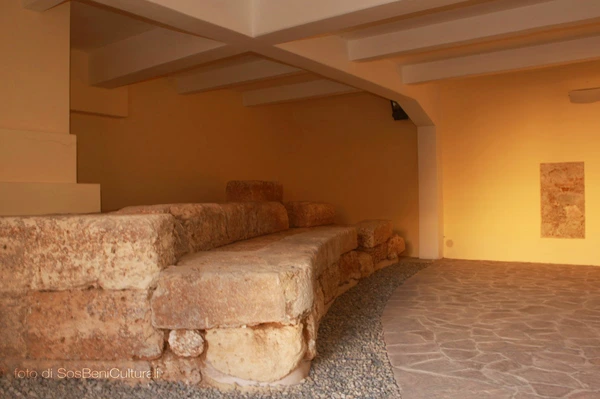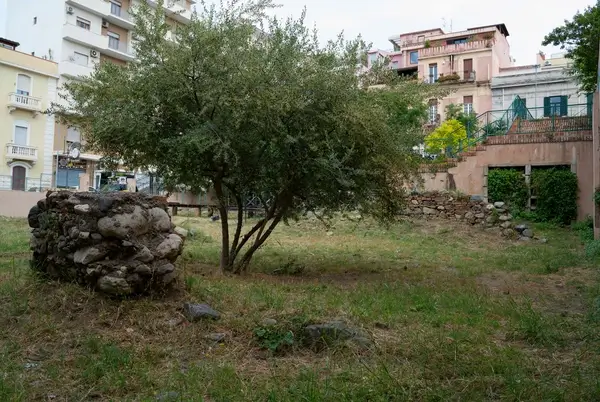Ancient stones whisper the memory of a city reborn from time and tremors
A Timeless Sentinel: The Greek Walls between History, Earthquakes, and Identity
Strolling along the scenic Lungomare Falcomatà, near Piazza Camagna, visitors are met with one of the most evocative historical remnants of Reggio Calabria: the Greek Walls. Protected by a wrought-iron fence, this stretch of ancient fortifications is the longest surviving segment of Reggio’s Hellenistic city walls. Despite their name, the “Greek” Walls as we see them today are the result of centuries of reconstruction—especially after the devastating 1783 earthquake—which layered modern interventions onto classical foundations.
The original walls, now mostly vanished, were built with sun-dried and later kiln-fired bricks atop a base of soft local stone. Ingeniously designed, the defensive structure consisted of a double curtain wall, with the space between filled with rubble and earth, creating a stable core. The visible portions feature blocks of local sandstone laid in parallel rows, forming perpendicular junctions where the wall once turned eastward, enclosing the city from the south. This preserved corner is not only a marvel of ancient engineering but also a rare architectural gesture from antiquity.
Dating the walls has sparked debate. The most likely theory traces their origin to the second half of the 4th century BC, when Dionysius II, tyrant of Syracuse, refounded the city as “Febea,” in honor of Apollo. Earlier segments of mudbrick may date to the 5th century BC, during the rule of Anaxilas. Whether shaped by tyrants or republics, these walls are silent yet potent testaments to Reggio’s resilience, cultural evolution, and the enduring imprint of classical civilization along the Mediterranean coast.
Plan Your Visit
Discover the Greek Walls and connect with the ancient soul of Reggio Calabria.
Eat, Drink & Shop
Looking for a place to eat, grab a drink, or do some quick shopping? Find nearby restaurants, and pubs to make your day easier and tastier.
Quick Essentials
Need to grab medicine, withdraw cash, or buy tobacco products in Reggio Calabria? Find nearby supermarkets, pharmacies, and ATMs with one click to keep your day running smoothly.
Explore Nearly Attractions
Just steps from the Greek Walls, uncover more of Reggio Calabria’s gems and hidden treasures
